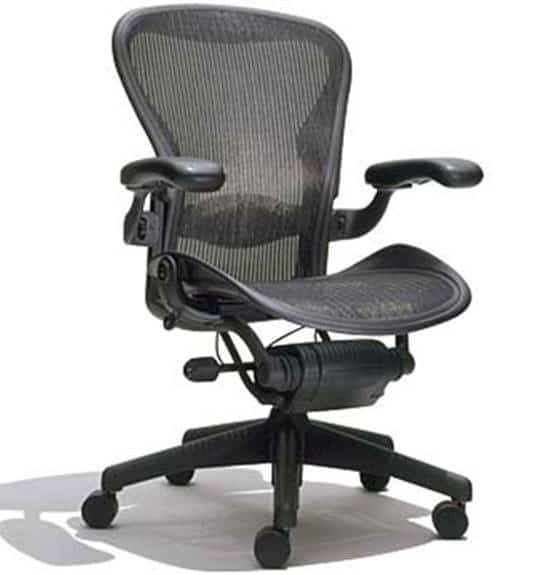The Ninth Circuit has ruled in favor of furniture designer Herman Miller in the company’s trade dress infringement lawsuit against a maker of copycat office chairs.
Herman Miller, Inc. (HM) sells iconic Eames chairs and Aeron chairs. In 2013, the company sent a cease-and-desist letter to Blumenthal Distributing, Inc., d/b/a Office Star Products (OSP) accusing OSP of selling “knockoff” chairs that looked like Eames and Aeron chairs.
Herman Miller alleged that OSP infringed its trade dress rights in the designs under the Lanham Act.
The case went to trial, and a federal jury found that Herman Miller, Inc.’s registered and unregistered EAMES trade dresses were protectable and that OSP had willfully infringed them. HM was awarded $3.4 million in infringement damages and another $3 million in dilution damages.
OSP was also enjoined from continuing to sell its infringing chairs.
As for the Aeron chair, the jury found that HM’s registered and unregistered claimed AERON trade dresses were unprotectable because they were “functional.”
HM’s trademark for the Aeron chair was also invalidated.
Both parties appealed.
On appeal, the Ninth Circuit affirmed the judgment in favor of HM on the EAMES chair on infringement, reversed the EAMES judgment on dilution, and reversed the judgment on the Aeron chair.
The court noted that
Herman Miller, Inc. introduced the first Thin Pad Eames chair in 1958, and has sold hundreds of thousands of them in the United States, along with a related line of Soft Pad Eames chairs. The Aeron chairs were introduced in 1994 and were even more successful; by the time of trial, HM had sold 6.5 million of them in the United States. The Eames and Aeron chairs come in a range of models, and versions of each have been exhibited in American art museums and made repeated appearances in American pop culture.
The court also noted that
HM’s unregistered claimed AERON trade dress was the overall appearance of the Aeron chair with an oval-shaped lumbar support, excluding the portion of the chair beneath the seat and the chair’s color. HM’s registered claimed AERON trade dress was the same, except that it also included the control box under the seat.
The court explained that
In addition to using distinctive names, logos, packages, or labels to identify its products, a seller can also design the products themselves to have distinctive, source-identifying appearances. Such appearances can receive protection under trademark law against infringement and dilution
But in order for a product design to be protected under trademark law, it must be nonfunctional.
(Patent law, on the other hand, protects functional designs.)
What’s the difference between “functional” and “non-functional” trade dress? As the court acknowledges, ‘“functionality” is a legal term of art, undefined by statute, around which a complicated legal doctrine has developed.’
The US Supreme Court has split functionality into two types, each with its own legal test:
The two types are “utilitarian functionality,” which is based on how well the product works, and “aesthetic functionality,” which is based on how good the product looks.
The court rejected OSP’s argument that the Eames chairs overall appearance was functional because it includes elements that are functional:
As we have long held, a product’s overall appearance is necessarily functional if everything about it is functional, not merely if anything about it is functional.
As for the Aeron chair, the court found that the jury instruction on functionality was improper and ordered a new trial on that basis.
The case is Blumenthal Distributing, Inc. v. Herman Miller, Inc., 963 F.3d 859 (9th Cir. 2020).
Just like the haiku above, we like to keep our posts short and sweet. Hopefully, you found this bite-sized information helpful. If you would like more information, please do not hesitate to contact us here.


